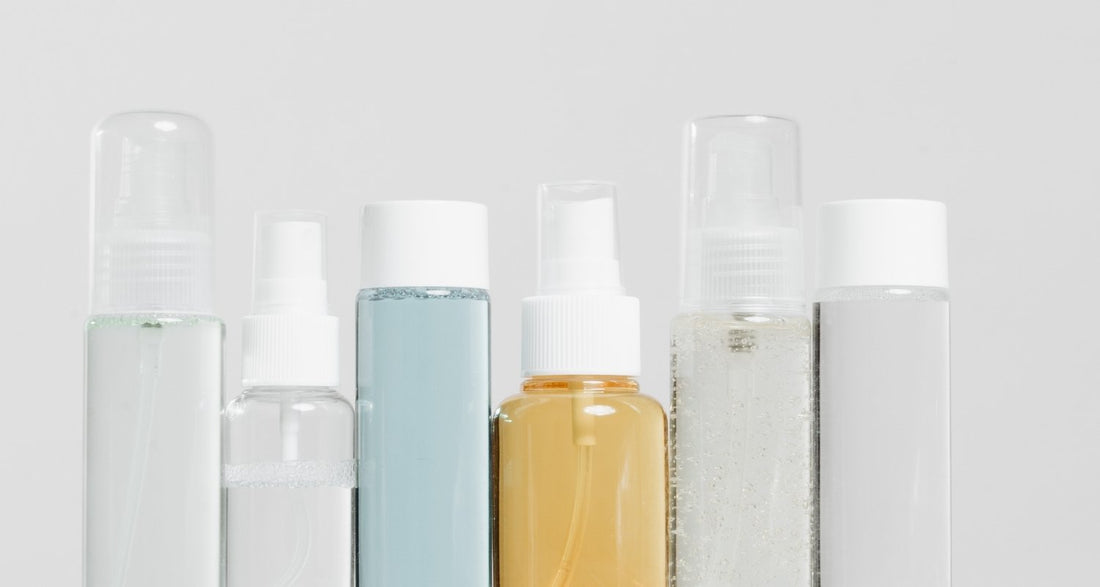
3 Things to Know About Personal Care Product Safety
Dr. Vishal GulatiShare
Written By: Vishal Gulati, MD

Twelve. That’s the number of personal care products used in a day for the average adult woman in the United States. In this blog post, I wanted to explore the science and educate women (and men for that matter) about the synthetic chemicals lurking in common personal care products.
1. Synthetic chemicals in your products leech into your bloodstream
In 2008, the Environmental Working Group (EWG.org) studied a small group of teenage girls from different backgrounds across the United States. They detected 16 chemicals from 4 chemical families: phthalates, triclosan, parabens, and musks - in blood and urine samples. The main exposure was to parabens, a common class of preservatives. Parabens are found in many personal care products and have been shown in some studies to lead to hormonal disruption. The long term consequences of exposure to these synthetic chemicals in products is definitely not harmless, and deserves more study.
2. The levels of synthetic chemicals in your bloodstream can be reduced after you switch to natural products
Results from the 2015 HERMOSA Intervention Study showed reduction in many of the previously mentioned harmful synthetic chemicals, when 100 Latina teens had their personal care products changed for safer products after just 3 days.
3. Safer options are out there
Choosing safer personal care products requires know-how. www.EWG.org provides an app and website so consumers can choose which products may best suit their needs and avoid harmful synthetic chemicals. You can also visit www.aromanthi.com, www.safecosmetics.org, and www.thinkdirtyapp.com for more brand choices, information, and resources.
Dr. Gulati is an emergency and integrative medicine physician located in Florida and is a contributor to the Aromanthi Clean Beauty and Wellness blog.
This blog post was not intended to treat, prevent or cure any illness; and is not intended to be a substitute for medical advice provided by a doctor/ licensed professional.
